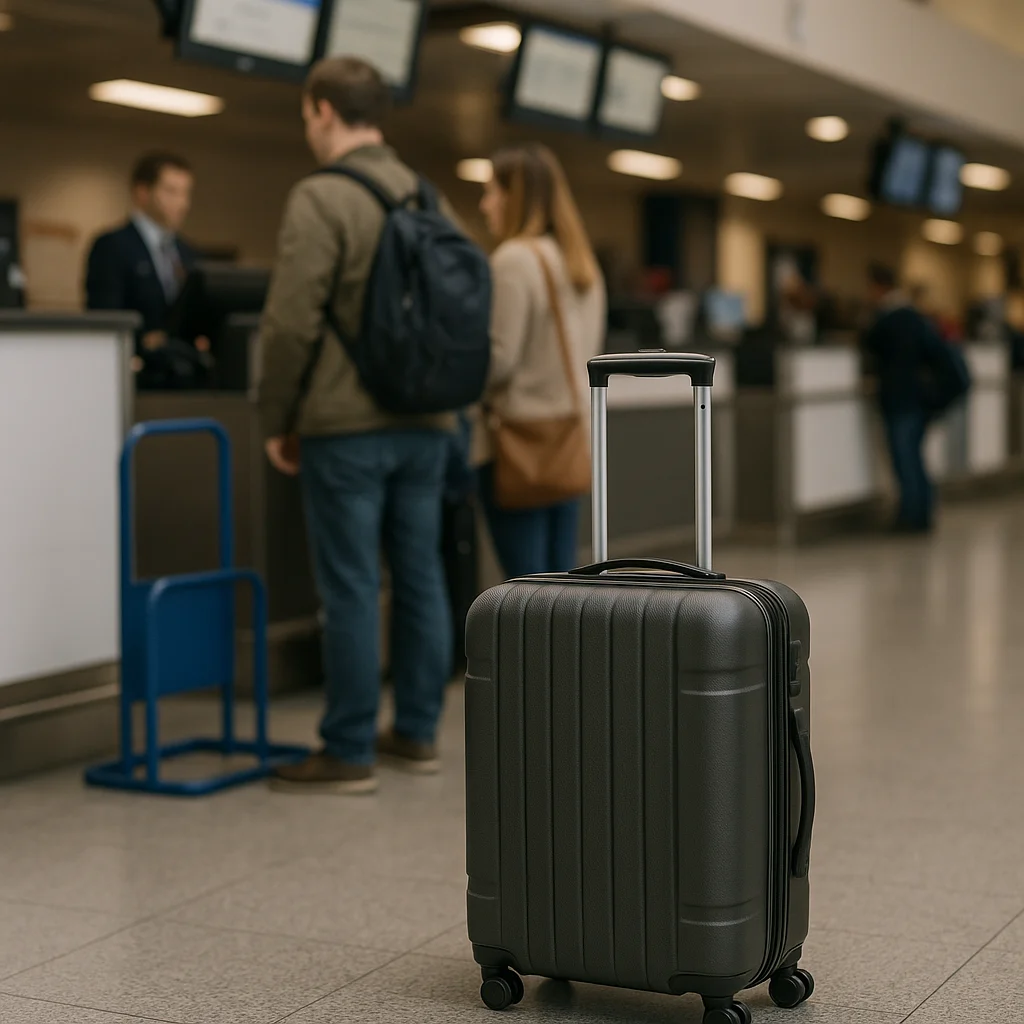Transforming Airport Security: What Travelers Can Expect in 2025
As air travel rebounds and passenger numbers soar, airport security remains a vital checkpoint. Yet, long lines and delays test the patience of travelers worldwide. Fortunately, new rules set to debut in 2025 promise to streamline airport security processes, ensuring smoother and faster experiences. These changes offer hope for reduced wait times without compromising safety. Understanding what these new regulations entail will help passengers prepare and adapt, making the journey through security as seamless as possible.
Key Changes Driving Faster Airport Security in 2025
Airports and regulatory bodies are collaborating to introduce several game-changing initiatives focused on speed and efficiency. These adjustments are engineered to minimize bottlenecks while maintaining rigorous security standards.
Expanded Use of Advanced Technology
One of the most significant factors accelerating airport security is the widespread adoption of cutting-edge technology:
– Biometric identification such as facial recognition and fingerprint scanning will become standard at more checkpoints, reducing manual ID verification time.
– Automated screening lanes equipped with advanced scanners can process multiple passengers simultaneously, accelerating baggage checks.
– AI-enabled threat detection systems will quickly analyze images and flag anomalies, decreasing the need for physical searches.
These technologies collectively reduce human error and human intervention, enabling quicker throughput while enhancing security precision.
Pre-Screening Enhancements and Trusted Traveler Programs
Programs like TSA PreCheck, Global Entry, and equivalents worldwide are being expanded and refined. The focus will be on:
– Streamlining background verification to enroll more passengers.
– Integrating traveler data seamlessly across airports and countries.
– Allowing participants to pass through security without removing shoes, laptops, or liquids.
This extension of trusted traveler initiatives incentivizes frequent flyers to participate and lightens the load on standard screening lines.
Impact of Policy Reforms on Passenger Flow
New policies are recalibrating how airport security is managed, shifting from static procedures to adaptable, risk-based approaches.
Risk-Based Screening Protocols
Authorities are implementing tiered security checks based on passenger profiles and risk assessments. For example:
– Low-risk passengers encounter expedited screening pathways.
– Devices such as mobile boarding passes and digital IDs facilitate seamless identity verification.
– Security staff will dynamically allocate resources according to real-time demand and risk indicators.
This prioritization reduces unnecessary screenings and evenly distributes passenger flow.
Relaxation of Some Restrictive Regulations
Some longstanding restrictions are being eased in light of improved detection technology and data analytics:
– Increased liquid allowances for carry-on bags are under consideration.
– Expedited approvals for certain medical devices and necessities.
These adjustments reduce common delays caused by outdated one-size-fits-all rules, catering better to passenger needs without compromising safety.
Role of Infrastructure and Airport Layout in Accelerating Security Checks
Modernizing physical infrastructure complements procedural reforms and technological advances in accelerating airport security.
Redesigning Security Checkpoints
Many airports plan renovations to improve passenger flow:
– Wider lanes and more queuing space prevent congestion.
– Multiple screening zones operate concurrently.
– Clearly marked signage and staff assistance guide travelers efficiently.
Integration of Security with Other Airport Operations
Smooth coordination between security and check-in counters, boarding gates, and baggage handling minimizes backlogs:
– Real-time data sharing enables proactive crowd management.
– Automated notifications alert passengers to gate changes or delays, reducing unnecessary loitering near security areas.
Together, infrastructure upgrades and operations harmonization create a frictionless experience.
Challenges and Considerations for Implementing New Airport Security Rules
Though promising, these advancements face hurdles that must be addressed to maximize benefits.
Privacy and Data Security Concerns
With increased biometric and digital data usage, robust safeguards are essential:
– Transparent privacy policies.
– Encryption and secure data storage.
– Regular audits to prevent misuse.
Maintaining passenger trust is critical for widespread adoption.
Ensuring Equity and Accessibility
Security enhancements must serve all travelers fairly, including individuals with disabilities, older adults, and those unfamiliar with technology:
– Alternative screening options.
– Clear, multilingual instructions.
– Staff training on inclusivity.
Avoiding inadvertent exclusion ensures a universally improved airport security experience.
How Travelers Can Prepare for Faster Airport Security in 2025
Passengers play a role in reaping the benefits of new airport security rules by staying informed and proactive.
Enroll in Trusted Traveler Programs Early
Joining pre-screening initiatives accelerates your passage through security lines. Applying well in advance is recommended due to increased demand.
Familiarize Yourself with New Policies
Keep updated on changes related to carry-on items, identification requirements, and permitted technologies. Checking official airport or government websites ahead of travel avoids unpleasant surprises.
Leverage Technology
Use mobile apps to access digital boarding passes, receive real-time alerts, and complete online check-ins. Having these ready before arrival expedites processing.
Looking Ahead: The Future of Airport Security Beyond 2025
The 2025 rules mark a pivotal step, but innovation continues at a rapid pace.
– Integration of blockchain technology for secure identity verification.
– Increased use of robotics and automation in screening.
– Personalized travel security experiences driven by AI.
By embracing technology and smart policies, airport security will evolve continuously, making air travel more accessible, safe, and enjoyable.
For more insights on aviation developments and passenger tips, explore resources available at trusted industry websites such as the Transportation Security Administration (tsa.gov).
Navigating airport security no longer needs to be a headache. With faster procedures on the horizon, travelers will spend less time in lines and more time enjoying their journey. To prepare for these upcoming changes and ensure a smooth travel experience, visit khmuhtadin.com for expert guidance and personalized advice. Stay informed, stay ready, and fly confidently into the future.




